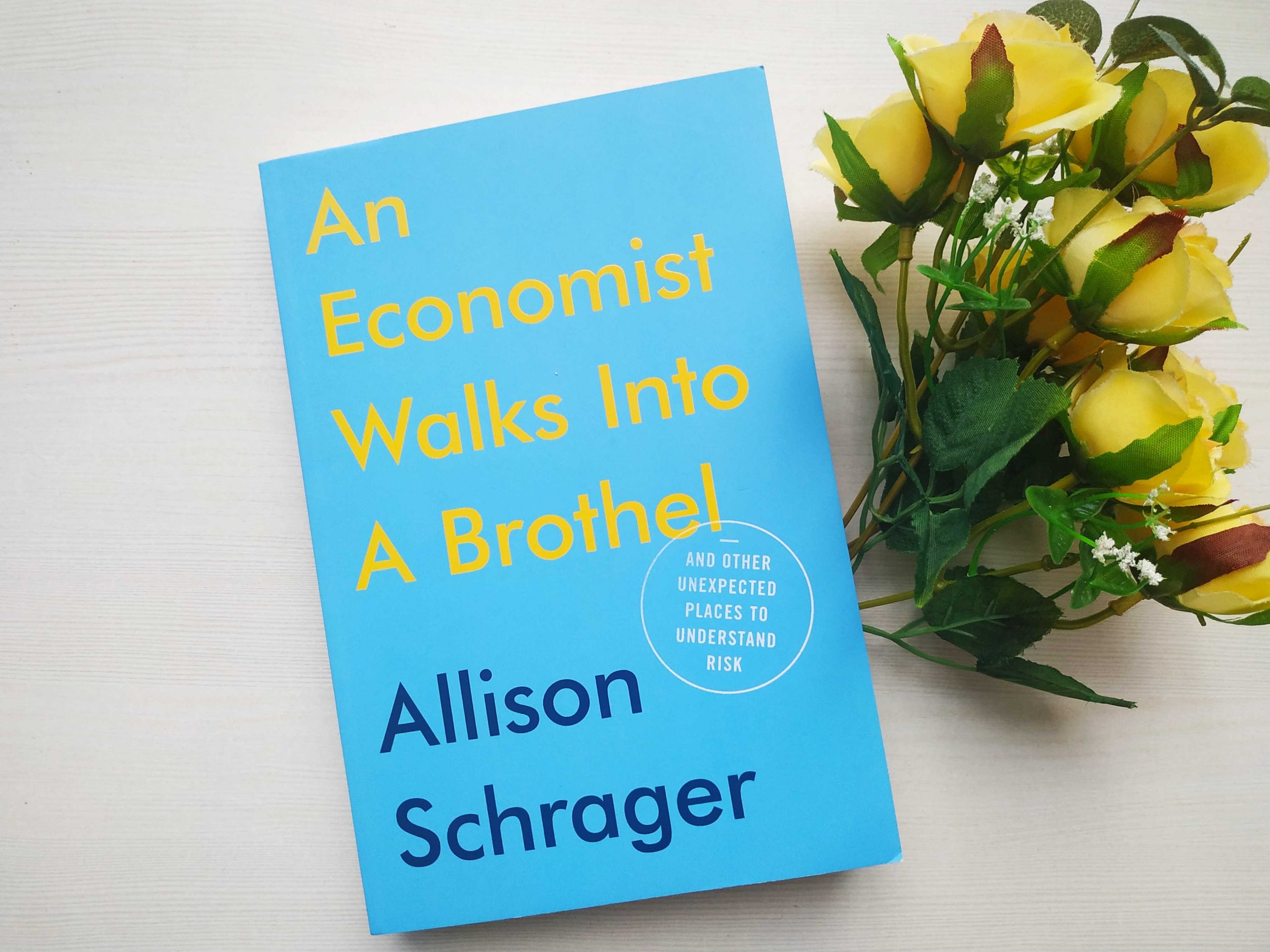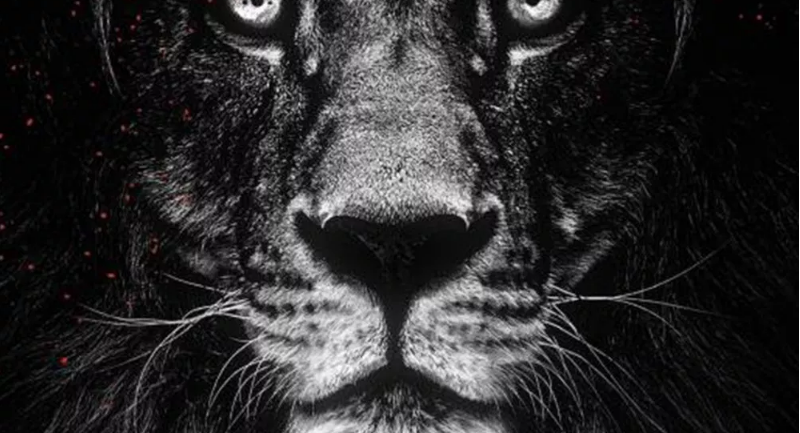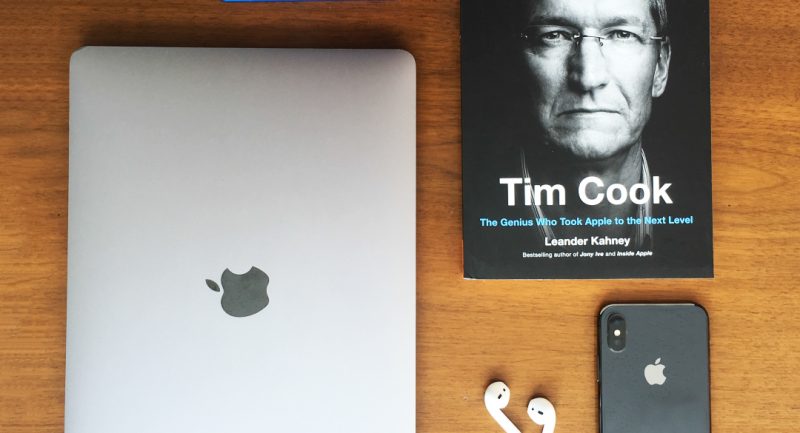
Allison Schrager is an economist and award-winning journalist who has spent her career examining how people manage risk in their lives and careers. Stepping away from the stock market and other financial institutions, Schrager shares the real life (an often unusual) places she learned about risk;
Whether we realize it or not, we all take risks large and small every day. What most of us don’t know is how to measure those risks and maximize the chances of getting what we want out of life.
In An Economist Walks into a Brothel, Schrager equips readers with five principles for dealing with risk, principles used by some of the world’s most interesting risk takers.
Here are five essential rules from the book, to follow when undertaking any sort of major risk!
Rule 1- No Risk No Reward
‘Risking loss is the price we pay for the chances of getting more. But there are ways to maximize your chance of success. The biggest mistake people make when they take a risk is not having a well-defined goal. It may seem counterintuitive but the best way to define a risky reward is to start by defining the opposite of risk, whatever is risk free.’
Incredible Risk Taker
Kat Cole, COO of Focus Brands who own Cinnabon and Auntie Anne’s made a name for herself by popularising the Minibon and driving up sales exponentially. As sales of the full-sized cinnamon roll dropped owing to increasingly health-conscious consumers, the executive team became too focused on launching an-artificially sweetened option that just wasn’t yummy enough! Kat succeeded as she identified the goal clearly— ‘increase sales in a changing market’ rather than fixate on a low-calorie option and hit upon the lowest-risk option by expanding the small-size roll in all franchises!
∼
Rule 2- I am irrational and I know it
‘We want to think we are rational beings. And for the most part we are. But perhaps the most obvious place to witness our irrationality at work is when we make a risky decision. Our feelings about loss vs, gains can lead us to make decisions economists think are irrational. By knowing yourself, how to gauge risk, and your natural response to potentially losing , you can make better risky decisions.’
Incredible Risk Taker
Professional poker champion, Phil Hellmuth has ADHD and is highly emotional, generally not helpful qualities for a poker player. However he is considered one of the world’s best players, has won a record number of World Series of Poker gold bracelets and is worth $20 million. Hellmuth realized early on he had to overcome his own behavioural quirks, ‘I guess what it all meant was that I needed to have the discipline of a monk if I was to succeed in poker. I need to exercise patience relentlessly and to allow no negative emotions to affect my mood.’
∼
Rule 3-Get the biggest bang for your risk buck
‘Risk is the price we pay to get more, and just like anything else in life, there is no need to pay more for something than you have to. Financial economists consider unnecessary risk inefficient. They argue you can achieve more efficiency through diversification. The result is the same, or greater, reward for less risk—a bargain indeed in risk terms.’
Incredible Risk Taker
Harry Markowitz, an economics doctoral student set off a revolution in financial thinking, shifting the focus from return to risk in the financial market. He discovered that people often end up taking unnecessary risk when we try to pick only winners.. Markowitz argued that diversification—owning lots of stocks of different risk characteristics that offset each other was how investors could create efficient portfolios.
∼
Rule 4-Be the master of your domain
‘Risk management is how we can stack the odds in our favour. We can do this in two different ways-hedging and insurance. When we hedge we give up some of our potential gains in exchange for reducing the chance of loss; in statistical terms it cuts off the upper and lower tails of risk. With insurance, we pay someone else a fixed amount to take on our downside and we still keep the upside.’
Incredible Risk Taker
David Bowie is both a brilliant musician and a risk tactician. In his 50s, advised by David Pullman he made a deal with EMI to re-release his catalog, between 1969 and 1990 valued at $100 million, and was guaranteed more than 24 per cent of the royalties on wholesale sales in the US.
They then securitized these royalties through the Bowie Bond! Prudential paid $55 million for 7.9 per cent payment on their principal for fifteen years. These interest payments were financed from the income generated by Bowie’s pre-1990 albums. This was a hedge because Bowie took $55 million to forgo his payments for fifteen years, but successfully managed his risk in a changing music industry.
∼
Rule 5-Uncertainty Happens
‘We might make calculated choices based on data based probability measures, it’s the best we can do 90 percent of the time. But how do we deal with the other 10 other cent or the Knightian uncertainty, which is the risk we can’t predict. But it is possible to plan for the unplannable. It often comes down to managing the risk you can imagine and retaining just the right amount of flexibility for the unexpected.’
Incredible Risk Taker
Captain H.R. Mc Master, who led the Eagle Troop in the decisive battle of 73 Easting in the 1991 Gulf War says that centralizing command shows an overconfidence in certainty. Preparing for uncertainty needs extensive training and practice so that soldiers have the confidence to make decisions on the fly and think creatively in stressful situations. This kind of flexibility may come at a cost but is the most effective way of dealing with uncertainty.
Read An Economist Walks Into a Brothel to understand the principle of risk-taking in everyday life!









